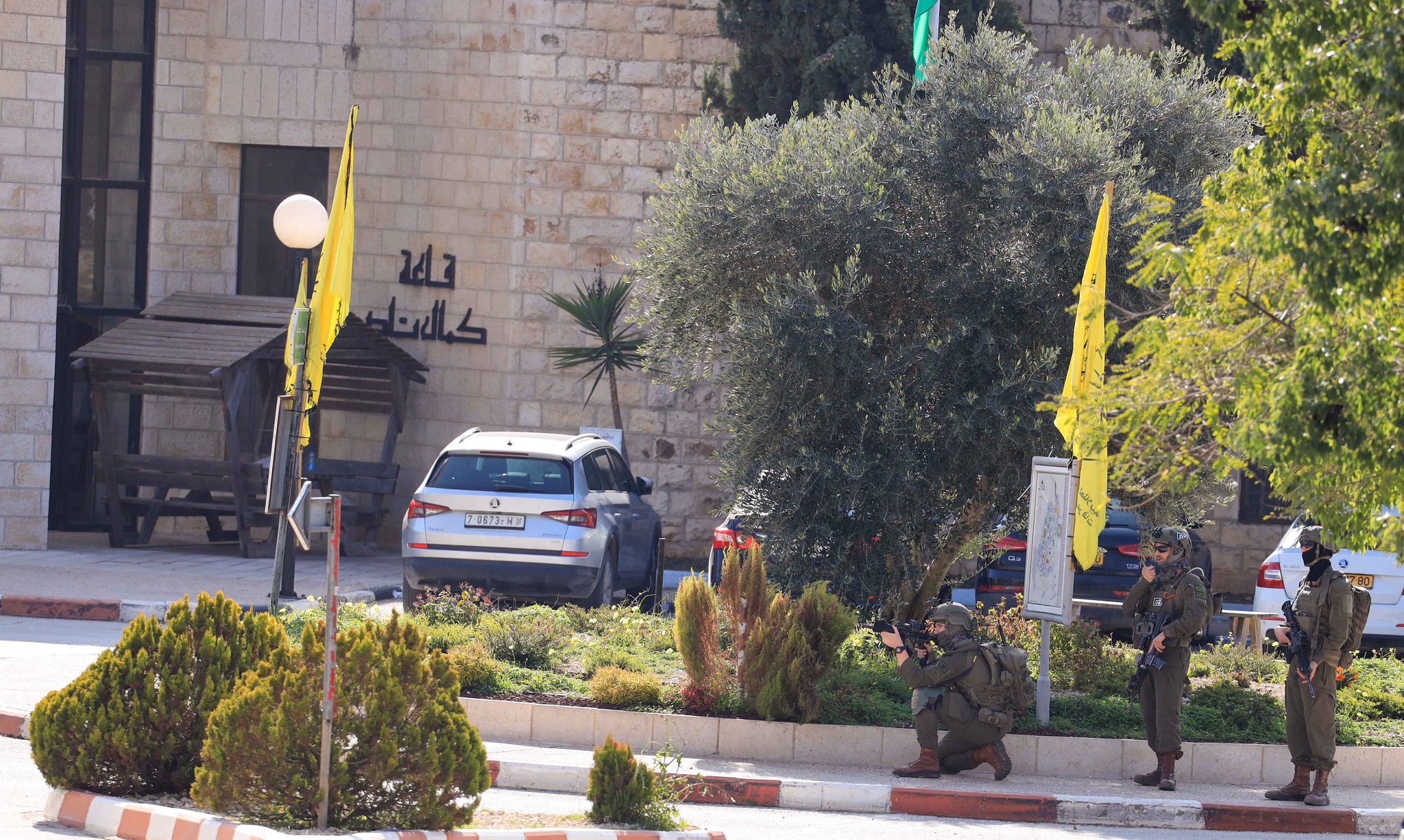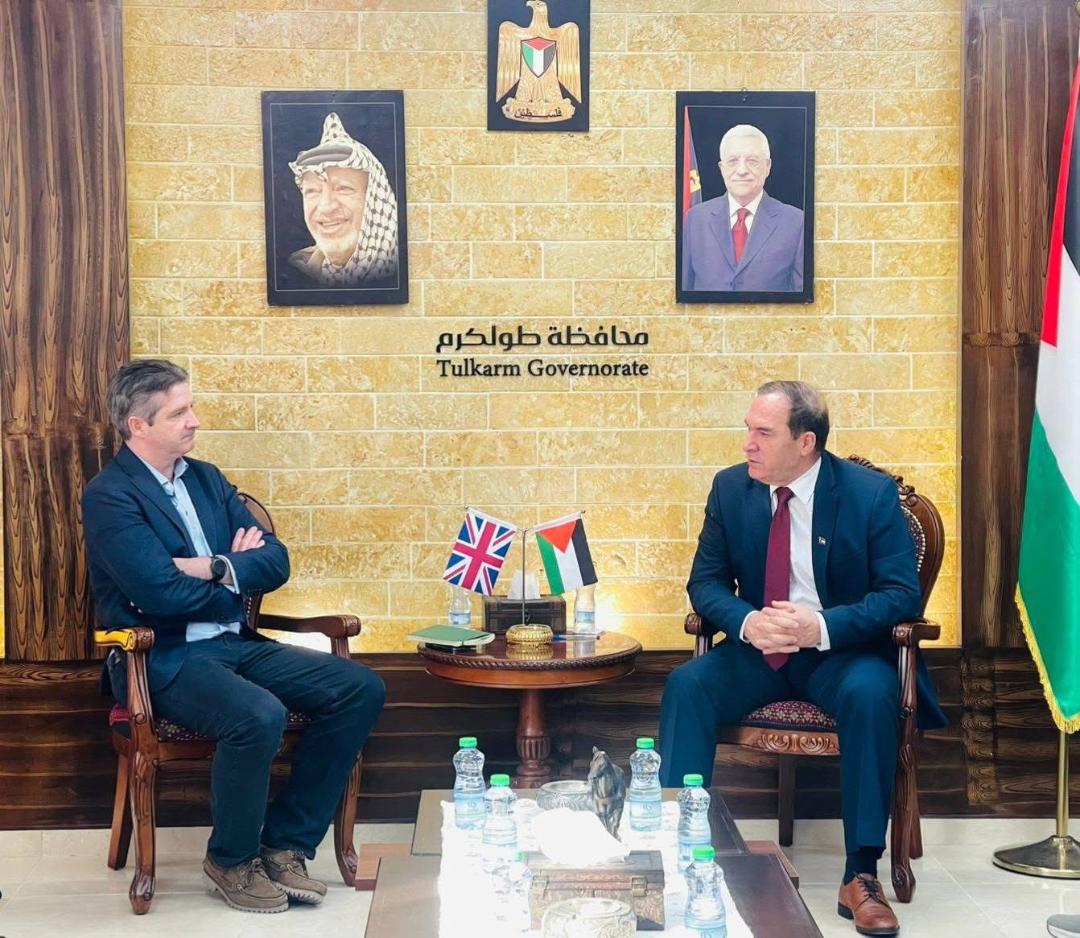LONDON, Wednesday, April 17, 2024 (WAFA) – Israel’s government has accelerated the construction of settlements across East Jerusalem, with more than 20 projects totalling thousands of housing units having been approved or advanced since the start of the war in Gaza six months ago, planning documents show, according to an exclusive report by The Guardian.
Ministries and offices within the Israeli government are behind all the largest and most contentious of the projects, sometimes in association with rightwing nationalist groups with a history of trying to evict Palestinians from their homes in parts of the city.
The rapid approval or construction of settlements that are illegal under international law is likely to further damage Israel’s relationship with the Biden administration.
“The fast-tracking of these plans has been unparalleled in the last six months,” said Sari Kronish, from the Israeli human rights organisation Bimkom – Planners for Planning Rights. “While many government bodies were shuttered or had limited operation following 7 October, the planning authorities continued to plough forward, advancing these plans at unprecedented speed.”
The new settlements will offer homes for Israel’s majority Jewish population in parts of Jerusalem that were unilaterally annexed by Israel in 1980, and are likely to be an obstacle to any attempt to create a viable Palestinian state with the east of the city as its capital.
The US, EU and UK have recently imposed sanctions on individual settlers in the West Bank amid surging violence.
Israeli planning authorities have approved two new settlements since the outbreak of the war, the first to be approved in East Jerusalem in more than a decade. The expansion of a gated high-security settlement called Kidmat Zion, in the heart of the Palestinian neighbourhood Ras al-Amud on the eastern periphery of the city, is also set to go ahead pending comments from the public.
Two major projects now flank the Palestinian community of Beit Safafa, most of which is in East Jerusalem. One, known as Givat Hamatos, was frozen for a decade due to international opposition. Work resumed in 2020 and last month the site was busy with workers, heavy machinery and trucks.
According to the most recent official planning documents, the “initiator” and “applicant” for the project is the Israel Land Authority, a governmental body. The document lists stakeholders as the state of Israel and the Jerusalem municipality among others.
A second large housing development is known as Givat Shaked and will be built on the north-western side of Beit Safafa, on a plot of grass and trees.
Official documents viewed by the Guardian show that the entity which has formally filed the plan is the Jerusalem Development Authority, a statutory body that aims to “promote Jerusalem as a leading international city in the economic sector and in quality of life in the public domain”.
Two years ago the scheme regained momentum. The interior minister at the time, Ayelet Shaked, rejected any claims of Palestinian control over Jerusalem’s east and said it was “unthinkable to prevent development and construction in this area, or anywhere else in the city”.
Shaked also stressed the need “to increase the supply of housing” in Jerusalem. Other supporters of the scheme claimed Palestinians would be able to move into the new “neighbourhood”.
Full planning approval was given on 4 January this year.
The scheme involves high-rise blocks containing 700 housing units that occupy the only land in Beit Safafa where the 17,000-strong majority Muslim community could expand to accommodate young people. In the neighbourhood, as elsewhere, bureaucratic obstacles and other restrictions usually prevent Palestinians from building larger homes.
“Our family has been here for 250 years … Now I have a black hole in my heart because I can’t see how my children and grandchildren can spend their lives here,” said Ahmed Salman, 71, the chair of Beit Safafa’s community council.
“We had good relations with the municipality once, but not in recent years. Since the war, life goes on but they approved the plan and dismissed all our objections. We are appealing but I’m not optimistic.”
A third project, also near Beit Safafa, is known as Lower Aqueduct and involves the construction of a large settlement adjacent to a Palestinian neighbourhood. The Lower Aqueduct plan was fully approved on 29 December.
The site straddles the line between East Jerusalem and the western part of the city. The initiator and applicant of the project is the Israel Land Authority, documents show.
K.T












